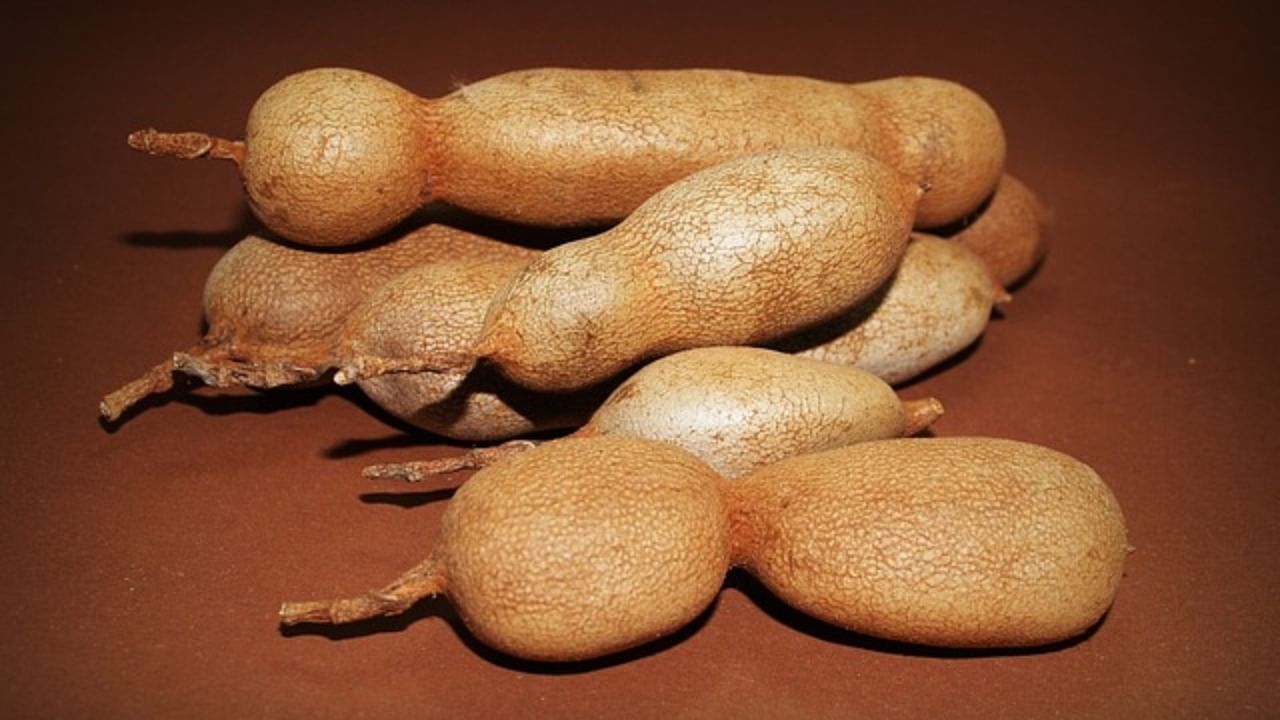
Tomatoes, which have turned into a luxury commodity, are now pushing up tamarind prices.
The tangy fruit which was being sold for Rs 80 to Rs 100 a kg at retail markets two months ago, now costs between Rs 120 and Rs 200. Even wholesale prices at the Tumakuru Agricultural Marketing Produce Committee, the biggest trading centre for tamarind in the state, has seen a huge increase in its rate.
Use of tamarind as an alternative to pricey tomatoes, which have crossed Rs 100 a kg, is said to be the primary reason for the increased demand and price of tamarind. A decline in the yield and area under cultivation have also contributed to the price rise.
“We are witnessing an unusual demand for the fruit. Compared to last July, there is a 40% higher demand this month,” said Sharath Kumar, a wholesale trader at Tumakuru APMC.
Laxmikanth, Tumakuru APMC assistant secretary, said tamarind procurement season is between January and April.
And farmers who have stored small quantities of tamarind in cold storages, release their stock during the lean season to get better prices. On an average, the Tumakuru APMC procures 260 to 300 quintals of tamarind a day during the peak season.
On July 19, it procured 98 quintals at Rs 14,000 a quintal, whereas last year, on the same date, it was procured at Rs 1,720 per quintal.
According to data provided by the Horticulture Department, in 2018, tamarind was cultivated on 12,173 hectares, with a yield of 58,000 tonnes. In 2021-22, the state cultivated tamarind on 10,508 hectares and produced only 40,068 tonnes.
Karnataka ranks among the top five tamarind-producing states.
Doddegowda, a farmer from Tovinakere, said excess rain and heat in the last two harvesting seasons resulted in a sharp decline in yield. On an average, he used to get 30 to 35 quintals from his eight acres. In the last two years, the maximum yield he got was 15 quintals. He fears this year too the yield will be 30% less than last year’s.
Tiptur Konehalli’s Krishi Vigyan Kendra chief Dr Govindegouda said a majority of farmers are moving away from tamarind due to poor returns. “Farmers are facing a labour crunch to harvest and process tamarind,” he said.
The lack of cold storage locally is also affecting farmers’ prospects.
“Tamil Nadu and Andhra Pradesh have a large numbers of cold storages and traders there store large quantities of tamarind and sell them when prices peak. This could also be one of the reasons for the current hike in prices,” said Prashant, a scientist at Krishi Vigyan Kendra, Hirehalli.